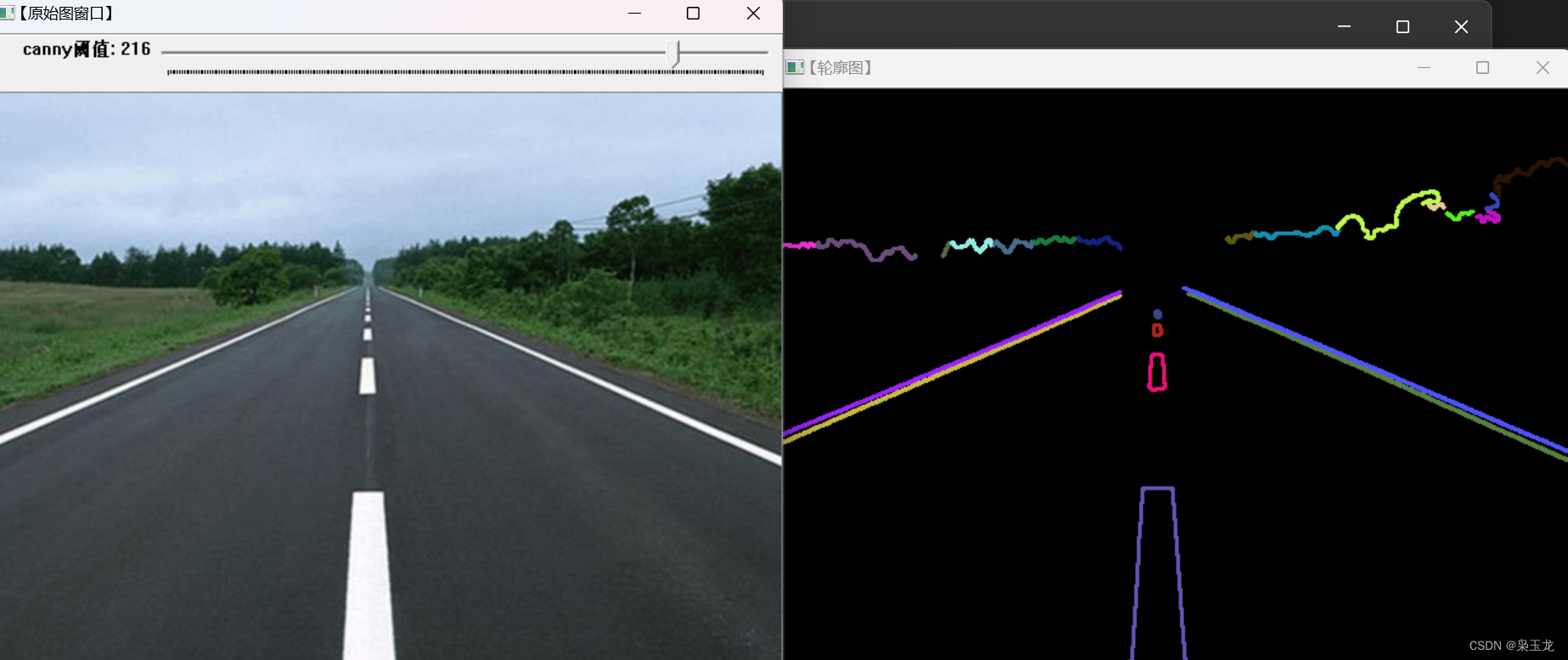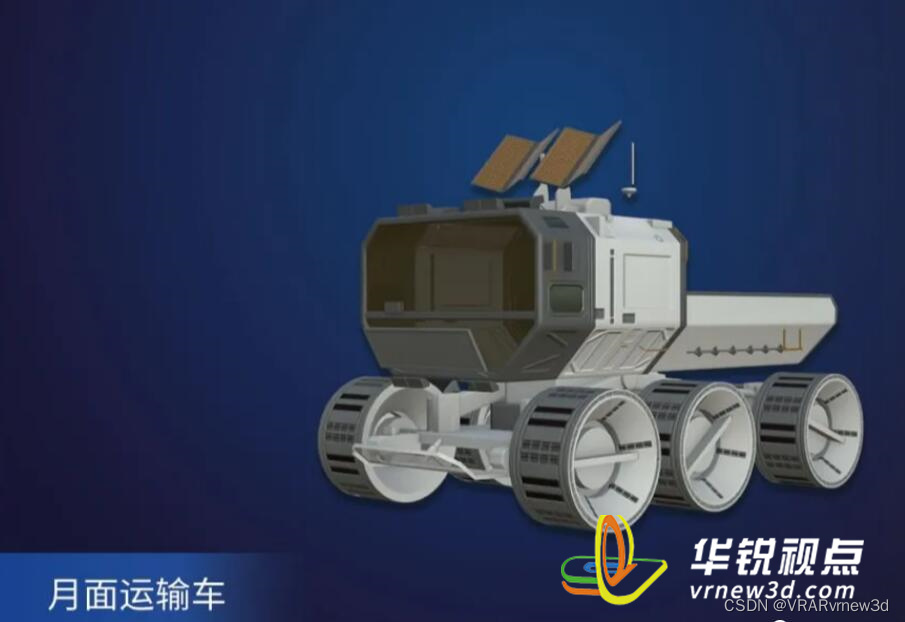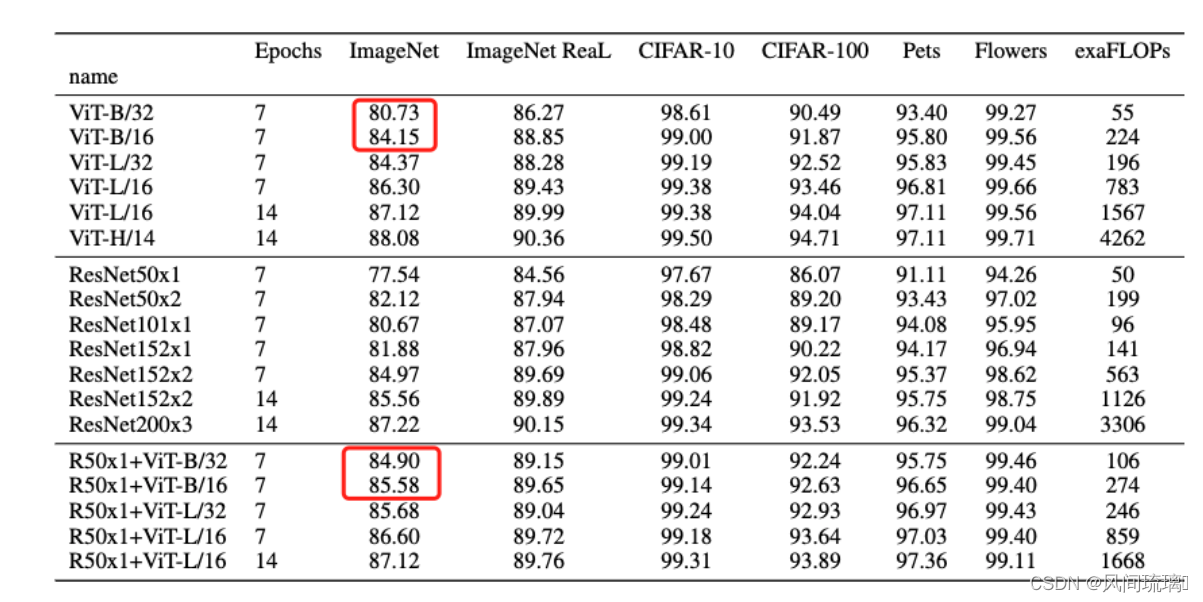ArduPilot开源飞控之AP_Baro_SITL
- 1. 源由
- 2. back-end抽象类
- 3. 方法实现
- 3.1 AP_Baro_SITL
- 3.2 _timer
- 3.3 temperature_adjustment
- 3.4 wind_pressure_correction
- 3.5 update
- 4. 参考资料
1. 源由
鉴于ArduPilot开源飞控之AP_Baro中涉及Sensor Driver有以下总线类型:
- I2C
- Serial UART
- CAN
- SITL //模拟传感器(暂时并列放在这里)
ArduPilot之开源代码Sensor Drivers设计的front-end / back-end分层设计思路,AP_Baro主要描述的是front-end。
为了AP_Baro代码研读的完整性,就继续简单的整理下下针对AP_Baro_SITL研读和理解。
2. back-end抽象类
AP_Baro_Backend驱动层需实现方法:
- void update()
- static AP_Baro_Backend *probe(AP_Baro &baro, AP_HAL::OwnPtr<AP_HAL::Device> dev)
注:通常来说使用ChibiOS的都有定时器,如果没有定时器,可以使用void accumulate(void)来实现传感器的数据定时获取。
class AP_Baro_Backend
{
public:
AP_Baro_Backend(AP_Baro &baro);
virtual ~AP_Baro_Backend(void) {};
// each driver must provide an update method to copy accumulated
// data to the frontend
virtual void update() = 0;
// accumulate function. This is used for backends that don't use a
// timer, and need to be called regularly by the main code to
// trigger them to read the sensor
virtual void accumulate(void) {}
void backend_update(uint8_t instance);
// Check that the baro valid by using a mean filter.
// If the value further that filtrer_range from mean value, it is rejected.
bool pressure_ok(float press);
uint32_t get_error_count() const { return _error_count; }
#if AP_BARO_MSP_ENABLED
virtual void handle_msp(const MSP::msp_baro_data_message_t &pkt) {}
#endif
#if AP_BARO_EXTERNALAHRS_ENABLED
virtual void handle_external(const AP_ExternalAHRS::baro_data_message_t &pkt) {}
#endif
/*
device driver IDs. These are used to fill in the devtype field
of the device ID, which shows up as BARO_DEVID* parameters to
users.
*/
enum DevTypes {
DEVTYPE_BARO_SITL = 0x01,
DEVTYPE_BARO_BMP085 = 0x02,
DEVTYPE_BARO_BMP280 = 0x03,
DEVTYPE_BARO_BMP388 = 0x04,
DEVTYPE_BARO_DPS280 = 0x05,
DEVTYPE_BARO_DPS310 = 0x06,
DEVTYPE_BARO_FBM320 = 0x07,
DEVTYPE_BARO_ICM20789 = 0x08,
DEVTYPE_BARO_KELLERLD = 0x09,
DEVTYPE_BARO_LPS2XH = 0x0A,
DEVTYPE_BARO_MS5611 = 0x0B,
DEVTYPE_BARO_SPL06 = 0x0C,
DEVTYPE_BARO_UAVCAN = 0x0D,
DEVTYPE_BARO_MSP = 0x0E,
DEVTYPE_BARO_ICP101XX = 0x0F,
DEVTYPE_BARO_ICP201XX = 0x10,
DEVTYPE_BARO_MS5607 = 0x11,
DEVTYPE_BARO_MS5837 = 0x12,
DEVTYPE_BARO_MS5637 = 0x13,
DEVTYPE_BARO_BMP390 = 0x14,
};
protected:
// reference to frontend object
AP_Baro &_frontend;
void _copy_to_frontend(uint8_t instance, float pressure, float temperature);
// semaphore for access to shared frontend data
HAL_Semaphore _sem;
virtual void update_healthy_flag(uint8_t instance);
// mean pressure for range filter
float _mean_pressure;
// number of dropped samples. Not used for now, but can be usable to choose more reliable sensor
uint32_t _error_count;
// set bus ID of this instance, for BARO_DEVID parameters
void set_bus_id(uint8_t instance, uint32_t id) {
_frontend.sensors[instance].bus_id.set(int32_t(id));
}
};
3. 方法实现
AP_Baro_SITL是一个模拟器件,其气压数据来源于模拟系统,对于模拟系统这里不展开,其传递参量的主要方式是全局变量_sitl->state.altitude。
3.1 AP_Baro_SITL
实例初始化,注册一个定时回调函数。
AP_Baro_SITL::AP_Baro_SITL
└──> <_sitl != nullptr>
├──> _instance = _frontend.register_sensor();
├──> <APM_BUILD_TYPE(APM_BUILD_ArduSub)>
│ └──> _frontend.set_type(_instance, AP_Baro::BARO_TYPE_WATER);
├──> set_bus_id(_instance, AP_HAL::Device::make_bus_id(AP_HAL::Device::BUS_TYPE_SITL, 0, _instance, DEVTYPE_BARO_SITL));
│
│ /********************************************************************************
│ * start periodic call back *
│ ********************************************************************************/
└──> hal.scheduler->register_timer_process(FUNCTOR_BIND(this, &AP_Baro_SITL::_timer, void));
3.2 _timer
定时模拟高度数据(这里不涉及温度的校准,但是做了一些模拟的噪音,比如:baro glitch/drift/noise/temperature/wind)。
AP_Baro_SITL::_timer
│ /********************************************************************************
│ * 100Hz *
│ ********************************************************************************/
├──> const uint32_t now = AP_HAL::millis();
├──> <(now - _last_sample_time) < 10>
│ └──> return;
│
├──> _last_sample_time = now;
├──> float sim_alt = _sitl->state.altitude;
├──> <_sitl->baro[_instance].disable>
│ └──> return; // barometer is disabled
│
│ /********************************************************************************
│ * Update simulated altitude *
│ ********************************************************************************/
│ // Noise for simulated altitude
├──> sim_alt += _sitl->baro[_instance].drift * now * 0.001f;
├──> sim_alt += _sitl->baro[_instance].noise * rand_float();
│
│ // add baro glitch
├──> sim_alt += _sitl->baro[_instance].glitch;
│
│ // add delay
├──> uint32_t best_time_delta = 200; // initialise large time representing buffer entry closest to current time - delay.
├──> uint8_t best_index = 0; // initialise number representing the index of the entry in buffer closest to delay.
│
│ // storing data from sensor to buffer
├──> <now - _last_store_time >= 10> // store data every 10 ms.
│ ├──> _last_store_time = now;
│ ├──> <_store_index > _buffer_length - 1>
│ │ └──> _store_index = 0; // reset buffer index if index greater than size of buffer
│ │
│ │ // if freezed barometer, report altitude to last recorded altitude
│ ├──> <_sitl->baro[_instance].freeze == 1>
│ │ └──> sim_alt = _last_altitude;
│ ├──> < else >
│ │ └──> _last_altitude = sim_alt;
│ │
│ ├──> _buffer[_store_index].data = sim_alt; // add data to current index
│ ├──> _buffer[_store_index].time = _last_store_time; // add time_stamp to current index
│ └──> _store_index = _store_index + 1; // increment index
│
│ // return delayed measurement
├──> const uint32_t delayed_time = now - _sitl->baro[_instance].delay; // get time corresponding to delay
│
│ // find data corresponding to delayed time in buffer
├──> <for (uint8_t i = 0; i <= _buffer_length - 1; i++)>
│ │ // find difference between delayed time and time stamp in buffer
│ ├──> uint32_t time_delta = abs((int32_t)(delayed_time - _buffer[i].time));
│ │ // if this difference is smaller than last delta, store this time
│ └──> <time_delta < best_time_delta>
│ ├──> best_index = i;
│ └──> best_time_delta = time_delta;
│
├──> <best_time_delta < 200> // only output stored state if < 200 msec retrieval error
│ └──> sim_alt = _buffer[best_index].data;
│
│ /********************************************************************************
│ * Temperature adjust *
│ ********************************************************************************/
├──> <!APM_BUILD_TYPE(APM_BUILD_ArduSub)>
│ ├──> float sigma, delta, theta;
│ ├──> AP_Baro::SimpleAtmosphere(sim_alt * 0.001f, sigma, delta, theta);
│ ├──> float p = SSL_AIR_PRESSURE * delta;
│ ├──> float T = KELVIN_TO_C(SSL_AIR_TEMPERATURE * theta);
│ └──> temperature_adjustment(p, T);
├──> <else>
│ ├──> float rho, delta, theta;
│ ├──> AP_Baro::SimpleUnderWaterAtmosphere(-sim_alt * 0.001f, rho, delta, theta);
│ ├──> float p = SSL_AIR_PRESSURE * delta;
│ └──> float T = KELVIN_TO_C(SSL_AIR_TEMPERATURE * theta);
│
│ /********************************************************************************
│ * add in correction for wind effects *
│ ********************************************************************************/
├──> p += wind_pressure_correction(_instance);
│
├──> _recent_press = p;
├──> _recent_temp = T;
└──> _has_sample = true;
3.3 temperature_adjustment
温度模拟修正。
AP_Baro_SITL::temperature_adjustment
├──> const float tsec = AP_HAL::millis() * 0.001f;
├──> const float T_sensor = T + AP::sitl()->temp_board_offset;
├──> const float tconst = AP::sitl()->temp_tconst;
├──> <tsec < 23 * tconst> // time which past the equation below equals T_sensor within approx. 1E-9
│ ├──> const float T0 = AP::sitl()->temp_start;
│ └──> T = T_sensor - (T_sensor - T0) * expf(-tsec / tconst);
├──> < else >
│ └──> T = T_sensor;
├──> const float baro_factor = AP::sitl()->temp_baro_factor;
├──> const float Tzero = 30.0f; // start baro adjustment at 30C
└──> <is_positive(baro_factor)>
│ // this produces a pressure change with temperature that
│ // closely matches what has been observed with a ICM-20789
│ // barometer. A typical factor is 1.2.
└──> p -= powf(MAX(T - Tzero, 0), baro_factor);
3.4 wind_pressure_correction
风力压强修正。
AP_Baro_SITL::wind_pressure_correction
├──> const auto &bp = AP::sitl()->baro[instance];
│
│ // correct for static pressure position errors
├──> const Vector3f &airspeed_vec_bf = AP::sitl()->state.velocity_air_bf;
│
├──> float error = 0.0;
├──> const float sqx = sq(airspeed_vec_bf.x);
├──> const float sqy = sq(airspeed_vec_bf.y);
├──> const float sqz = sq(airspeed_vec_bf.z);
│
│ // error for x
├──> <is_positive(airspeed_vec_bf.x)>
│ └──> error += bp.wcof_xp * sqx;
├──> < else >
│ └──> error += bp.wcof_xn * sqx;
│
│ // error for y
├──> <is_positive(airspeed_vec_bf.y)>
│ └──> error += bp.wcof_yp * sqy;
├──> < else >
│ └──> error += bp.wcof_yn * sqy;
│
│ // error for z
├──> <is_positive(airspeed_vec_bf.z)>
│ └──> error += bp.wcof_zp * sqz;
├──> < else >
│ └──> error += bp.wcof_zn * sqz;
│
└──> return error * 0.5 * SSL_AIR_DENSITY * AP::baro().get_air_density_ratio();
3.5 update
front-end / back-end数据更新。
AP_Baro_SITL::update
├──> <!_has_sample>
│ └──> return;
├──> WITH_SEMAPHORE(_sem);
├──> _copy_to_frontend(_instance, _recent_press, _recent_temp);
└──> _has_sample = false;
4. 参考资料
【1】ArduPilot开源飞控系统之简单介绍
【2】ArduPilot之开源代码Task介绍
【3】ArduPilot飞控启动&运行过程简介
【4】ArduPilot之开源代码Library&Sketches设计
【5】ArduPilot之开源代码Sensor Drivers设计







